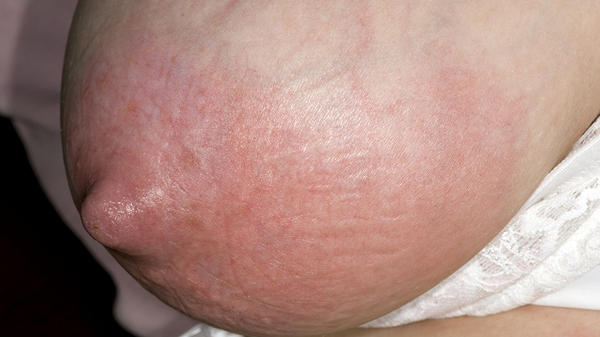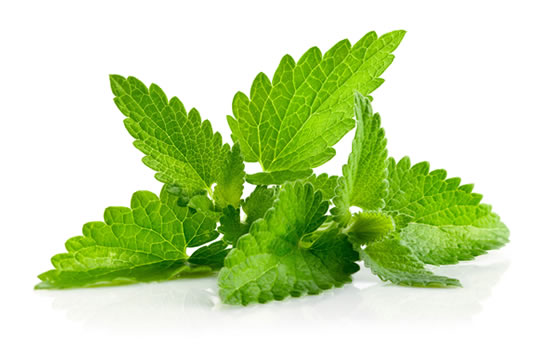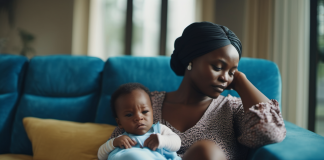As world breastfeeding week 2018 comes to an end, we want to appreciate all mothers and the stress they undergo during feeding. As easy as it looks, breast feeding isn’t always a walk in the park, and most mothers can attest to that. From painful suckling to sore and cracked nipples, providing nutrition from your own body could be a real chore.
Breastfeeding, especially for new mothers takes a bit of learning for both mother and child. So, here is a collation of some of the most common breastfeeding problems encountered by mothers and suggested solutions. These were answers given by certified gynecologists.

Painful Latching;
For new mothers, you might experience some pain and sore nipples at first breastfeeding attempts. If the pain persists after the infant is latched onto the breast then check the position the baby is latching from.
Solution: Reposition the baby’s mouth to get an asymmetrical latching position. The baby’s mouth should cover most of the areola below the nipple, while the nipple presses against the roof of the mouth. You can remove your baby’s mouth from the breast by putting your index finger in the mouth and tickle the chin to open up the mouth. A properly positioned mouth should have chin and nose touching your breast.
Cracked Nipples:
Dry skin, thrush, pumping, and latching problems can all cause cracked nipples. A bit of bleeding could occur, which isn’t harmful or particularly dangerous. The bleeding usually occurs during the first week when both mother and baby, and your bodies, are getting used to suckling. Friction of constant suckling is also a possible cause.
Solution: Check baby’s suckling position and try to breast feed more often. The less hungry your baby is the lower the force used in suckling. You can use drops of breast milk on the nipples, will help heal the cracked skin. Also, nipple creams specially designed with lanolin are effective for relieving cracked nipples. Mild painkillers taken before nursing will reduce the pain. Remember that you don’t need soaps, lotions or scented potions to care for your breast, washing with clean water is enough. To protect against irritation while rubbing against your clothes, use breast shells.
Plugged Ducts:
This could be due to improperly drained milk. When it comes with a lump, achy, sore breasts, high fever, and redness, then you might be suffering from an infection. See your doctor for these symptoms. Otherwise, try to feed as often as possible, or express the milk out. Stress can affect milk flow, and clogged tight bras can cause clogged ducts also.
Solution: Always get adequate rest and also massage your breasts to enable milk flow. Warm compresses also help.
Excess milk supply:
Causes engorged breasts which may make it difficult for baby to latch.
Solution: Express some milk out to soften the breast. Frequent nursing reduces the possibility of engorged breasts.
Inadequate Milk Supply:
This might be a problem if the child isn’t getting enough milk. The pediatrician can tell when to be concerned about weight gain after plotting the weight curve on WHO standard chart.
Solution: Constant nursing and daytime expression or pumping of breast will often solve the problem. Taking liquids frequently could be of help in some cases. But generally, increased calorie and fluid intake are not proven to increase milk flow.
CHECK OUT: BREAST CANCER VICTIM KEEPS BABY DESPITE CONDITION
Mastitis:

This is a bacterial of the breasts which manifests with fever and pains in the breasts. The causes range from clogged ducts, or cracked skin to engorgement. Happens early, within first few weeks of breastfeeding or during weaning.
Solution: Best treated with antibiotics, warm compresses and frequent suckling or emptying the breasts. Hand-expressing is recommended and to make sure the hard red parts of the breasts are softened.
Thrush:

A kind of yeast infection that you can contract from your baby’s mouth. It makes the breasts itchy and sore and causes rashes sometimes.
Solution: Report to your physician who will prescribe anti-fungal medication. This medication is for use both on your breast and on the baby’s mouth to avoid re-infection from either party.
Inverted Nipples:
This is when your nipple retracts instead of protruding from pressure on your areola. Breastfeeding could be troublesome with a retracting nipple.
Solution Try pumping to get the milk flowing before nursing. Use breast shells to protect your nipples in between feeds.










Premier Limo Service: Luxury and Comfort Redefined
Experience the epitome of luxury and comfort with our top-tier Limo Service , designed to exceed your expectations. We pride ourselves on offering an exclusive range of vehicles, including the [url=https://bdlxlimo.com/mercedes-sprinter-executive-van/]Mercedes Sprinter Executive Van[/url] and the [url=https://bdlxlimo.com/mercedes-benz-sprinter-vip-shuttle-coach/]Mercedes Benz Sprinter VIP Shuttle Coach[/url] , tailored to meet your unique travel needs.
Mercedes Sprinter Executive Van
Perfect for corporate outings, airport transfers, or special events, the Mercedes Sprinter Executive Van combines elegance with functionality. This vehicle features plush leather seating, ample legroom, and advanced entertainment systems to ensure your journey is as enjoyable as your destination.
Mercedes Benz Sprinter VIP Shuttle Coach
For those seeking ultimate luxury, the Mercedes Benz Sprinter VIP Shuttle Coach is an unparalleled choice. Equipped with executive-style seating, state-of-the-art technology, and a premium sound system, this vehicle offers a VIP experience like no other. Whether you’re planning a business trip or a special occasion, this shuttle coach ensures a luxurious and comfortable ride.
[url=https://bdlxlimo.com/medina-limousine-service/]Medina Limousine Service[/url]
At Medina Limousine Service , we are committed to providing exceptional service and reliability. Our professional chauffeurs are trained to deliver a seamless and stress-free travel experience, ensuring you arrive at your destination on time and in style. From weddings and proms to corporate events and airport transfers, our diverse fleet and dedicated team ensure that every journey is a memorable one.
Choose Medina Limousine Service for your transportation needs and experience the difference that luxury, reliability, and professionalism can make. Contact us today to book your Mercedes Sprinter Executive Van or Mercedes Benz Sprinter VIP Shuttle Coach and elevate your travel experience.